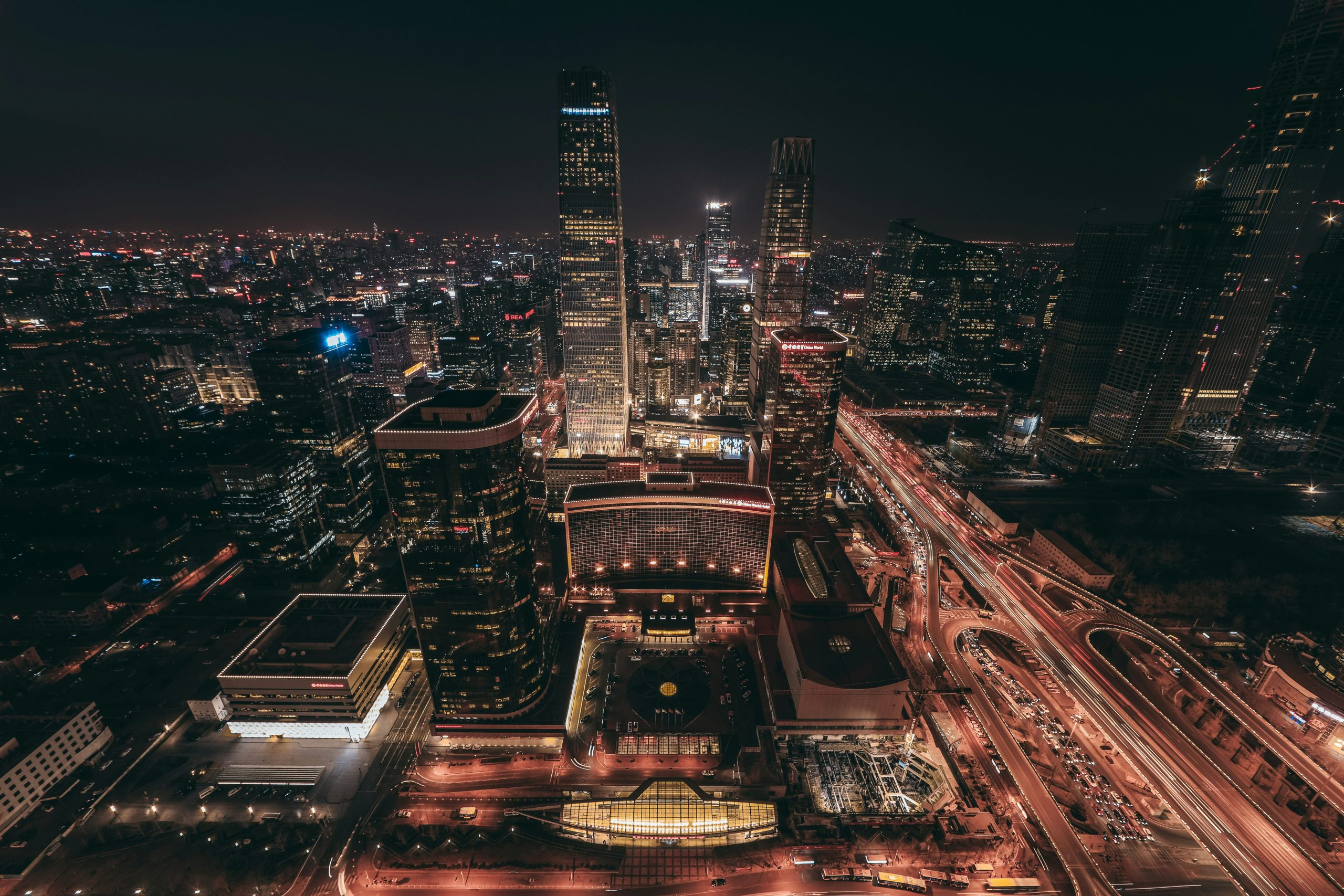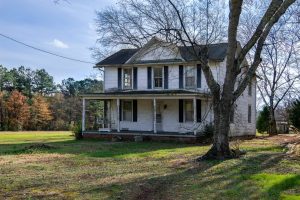City Skylines Evolve with New Construction Booms
Welcome to the ever-changing world of city skylines. As new construction booms continue to shape the urban landscape, we are witnessing a transformation in the way cities are designed and built. Architects, developers, and city planners are constantly pushing the boundaries of innovation, resulting in skylines that are more dynamic, sustainable, and livable than ever before.
New Construction Booms: Paving the Way for Evolution
In recent years, many cities around the world have seen a surge in new construction projects. From towering skyscrapers to mixed-use developments, these projects are redefining city skylines and reshaping the way we live and work. One of the driving forces behind this construction boom is the growing demand for urban living. As more people migrate to cities, there is a need for more housing, offices, and infrastructure. This has led to a flurry of activity in the construction industry, with developers and investors racing to capitalize on the increasing demand.
Sustainability Takes Center Stage
One of the most significant changes in the construction industry is the focus on sustainability. With the threat of climate change looming, cities are looking for ways to reduce their carbon footprint and build more environmentally friendly structures. To meet this demand, new construction projects are incorporating eco-friendly materials and energy-efficient designs. For example, many new skyscrapers are now equipped with solar panels and use materials that are recycled or can be easily recycled at the end of their lifespan.
This push towards sustainability has not only resulted in greener buildings but also in more livable cities. As developers create spaces that prioritize people and the environment, we are seeing a shift towards more walkable neighborhoods, improved public transportation, and a reduction in urban sprawl. This, in turn, has a positive impact on the overall quality of life in cities.
The Rise of Mixed-Use Developments
Another major trend in new construction is the rise of mixed-use developments. These projects combine multiple uses, such as residential, commercial, and retail, in one integrated complex. The idea behind these developments is to create more vibrant and self-sustaining neighborhoods where residents can live, work, and play without having to commute long distances.
The rise of mixed-use developments is also changing the traditional skyline of cities. Instead of a cluster of office buildings towering over a sea of residential complexes, we are now seeing a more diverse mix of buildings that cater to different needs and lifestyles. This not only adds visual interest to the skyline but also contributes to a more diverse and inclusive urban environment.
The Future of City Skylines
As new construction booms continue to shape city skylines, the future looks promising. With advances in technology and a growing focus on sustainability and livability, we can expect to see even more innovative and dynamic skylines in the years to come. Some of the trends that are likely to shape the future of city skylines include the use of 3D printing for construction, the incorporation of green spaces and vertical gardens, and the integration of smart technologies and sustainable transportation methods.
In conclusion, as cities evolve and grow, so do their skylines. With new construction booms fueling this evolution, we are witnessing a shift towards more sustainable, livable, and visually stunning cities. As we look to the future, it’s clear that the construction industry will continue to play a crucial role in shaping the skylines of our ever-changing urban landscapes.









